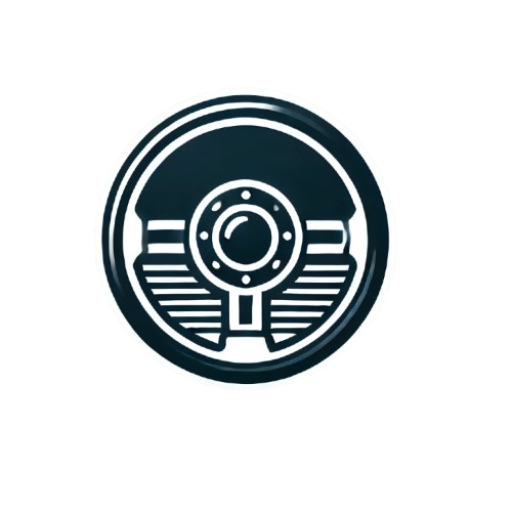Car accidents are an unfortunate reality of driving, and while no one expects to be involved in one, it is crucial to know how to handle the situation if it happens. One of the most important aspects to understand is your insurance responsibilities after a car crash. Navigating through insurance claims can be a stressful and complicated process, especially when emotions are running high. This guide will walk you through the essential steps to take after a car accident to ensure that your insurance claims are handled smoothly and efficiently. Whether you are a first-time claimant or a seasoned driver, understanding your responsibilities will give you peace of mind when dealing with the aftermath of an accident.
Immediate Actions and Reporting the Accident
The first and foremost priority after an accident is safety. Once the crash has occurred, the first thing you should do is ensure that all parties are safe. Check for injuries to yourself, passengers, and anyone involved in the accident. If anyone is injured, call emergency services immediately. It is crucial to remain calm and avoid escalating the situation. If you are able, pull your vehicle over to a safe location, away from traffic, to avoid further accidents.
After making sure everyone is safe, the next step is to exchange information with the other driver(s) involved. This should include:
-
Full name, address, and contact details
-
Insurance company name and policy number
-
Driver’s license number
-
Vehicle make, model, and license plate number
It is also important to report the accident to the police if required by local laws, especially if there are injuries or significant damage. If the police are called to the scene, they will provide a report that can be valuable when making a claim.
Once the immediate safety concerns are addressed, the next step is to report the accident to your insurance company. This should be done as soon as possible to ensure that your claim is handled promptly. Failing to report the accident immediately can complicate your claim or even result in it being denied, especially if there is a delay in providing the necessary information.
Collecting Evidence for a Strong Case
One of the most crucial steps in the post-accident process is gathering evidence. The more information you have, the stronger your case will be when dealing with insurance companies. Evidence will help your insurer assess the extent of the damage, determine fault, and facilitate the claims process.
Here’s what you should do:
-
Take Photos: If you are able to, take clear, detailed photographs of the accident scene, including the damage to all vehicles involved. Capture photos from different angles to provide a comprehensive view. Additionally, take pictures of any visible injuries to yourself, passengers, or other parties.
-
Look for Video Footage: If the accident occurred in a public area, there may be CCTV footage available. You should ask nearby businesses or traffic cameras for footage that could provide additional evidence. If you or another party involved has a dash cam, the footage from that device can be particularly valuable.
-
Get Witness Details: If there were any witnesses to the accident, make sure to gather their contact information. Witness statements can provide impartial perspectives on the event, which can be helpful if there’s any dispute over fault.
-
Document the Scene: Write down as many details as you can remember about the accident. Include information such as road conditions, weather, time of day, and the sequence of events. Having a clear recollection of what happened will help you when reporting the incident to your insurance company.
Communicating With Your Insurer and Managing Excess
Once you have collected all necessary evidence, it is time to communicate with your insurance provider. Provide them with all the details you’ve gathered, including photos, videos, and witness information. Be sure to give them a clear and honest description of the accident, as well as any damage to your vehicle or others.
One of the most important aspects of the claims process is understanding your excess (also known as your deductible). The excess is the amount you must pay out of pocket before your insurance coverage kicks in. This amount is specified in your insurance policy and can vary depending on your policy type.
Understanding Your Excess:
-
If you have a higher excess, your monthly premiums are usually lower. However, in the event of a claim, you’ll need to pay a larger amount out of pocket before the insurance company steps in.
-
If you have a lower excess, your premiums may be higher, but you will need to pay less when making a claim.
It is essential to be aware of your excess before making a claim, as this could influence your decision to proceed with the claim or pay for the damage yourself. If the repair costs are less than your excess, it may be better to pay for the repair directly rather than file a claim.
Understanding No-Claims Protection and Future Premiums
One of the key factors to keep in mind when filing an insurance claim is the impact it can have on your no-claims bonus (NCB) and future premiums. Many drivers are eligible for a no-claims discount for maintaining a claim-free driving record, and making a claim could result in a reduction in this bonus.
If you have no-claims protection, you may be able to make a claim without affecting your no-claims bonus. However, without this protection, your premiums could increase, as insurers see you as a higher-risk driver after a claim.
Before deciding to file a claim, it is important to consider the long-term financial impact. Will the potential increase in premiums make the claim worth it? Or would it be more economical to cover the cost of repairs yourself?
Final Thoughts: Ensuring a Smooth Claims Process
Knowing what to do after an accident and understanding your insurance responsibilities is key to ensuring that the claims process is smooth and efficient. By following these steps—acting quickly, collecting evidence, communicating with your insurer, and understanding your excess and no-claims protection—you can avoid complications and minimize stress.
The key to handling insurance after a car crash is to be prepared, remain calm, and be proactive. Having the right information and documentation will not only expedite the claims process but also help you get a fair settlement. Always review your insurance policy thoroughly and ask your insurer for clarification if you’re uncertain about any aspect of your coverage.
Accidents happen, but with the right approach, managing your insurance responsibilities afterward doesn’t have to be a hassle.




